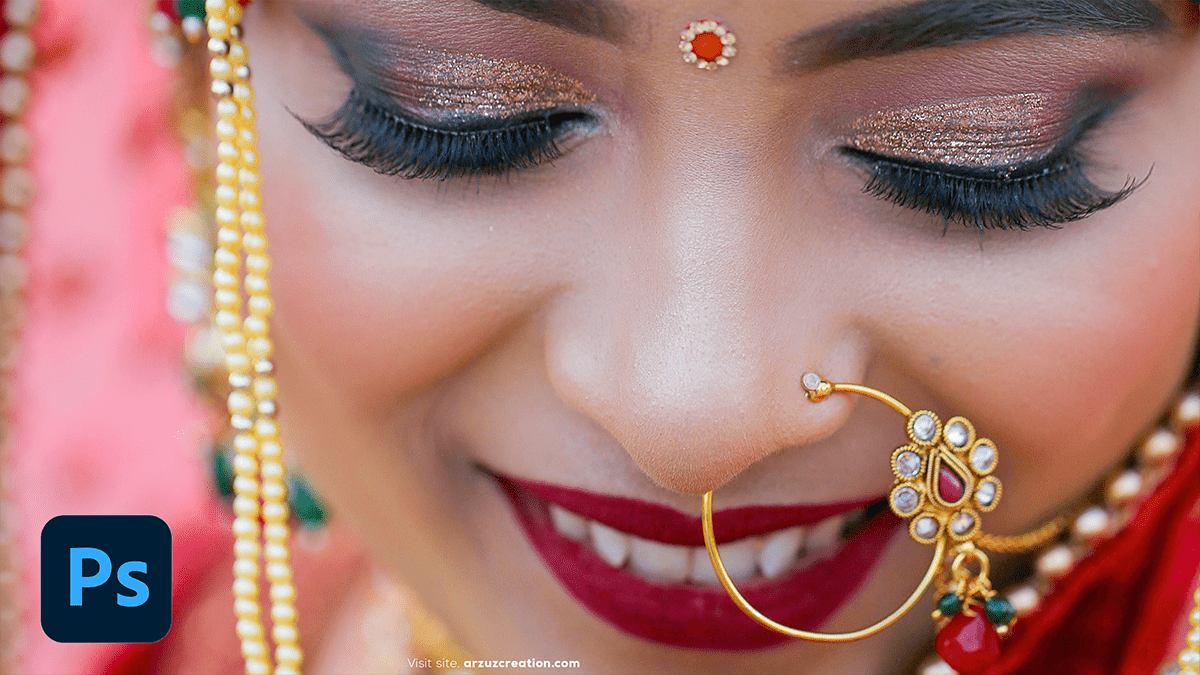Edit Your Photos Like a Pro With Adobe Photoshop,

Therefore, Editing photos like a pro in Adobe Photoshop involves mastering several key techniques. In other words, Here’s a guide to get you started:
Basic Adjustments:
Brightness/Contrast: However, Go to Image > Adjustments > Brightness/Contrast. Adjust to make your image lighter/darker and to increase/decrease contrast.
Levels: For instance, Used Image > Adjustments > Levels to control shadows, mid-tones, and highlights. The histogram shows the tonal range of your image.
Curves: Above all, Found under, this tool offers precise control over brightness and contrast by adjusting points on a curve.
Hue/Saturation: In addition, Adjust colors with Image > Adjustments > Hue/Saturation. This allows you to change the hue, saturation, and lightness of specific color ranges.
Color Balance: After that, you can tweak the colors by adjusting the sliders for shadows, mid-tones, and highlights.
Edit Your Photos Like a Pro, Sharpening:
Unsharp Mask: Similarly, Go to Filter > Sharpen > Unsharp Mask. This technique sharpens images by increasing contrast along the edges.
Smart Sharpen: Found under, this tool gives more control over sharpening by reducing noise.
Cloning and Healing:
Clone Stamp Tool: Use this to copy pixels from one part of the image to another. Select the tool, hold Alt to select the source area, and click to paint over the target area.
Healing Brush Tool: Therefore, Similar to the Clone Stamp, it blends the cloned area with the surrounding pixels. Ideal for removing blemishes and small distractions.
Adjustment Layers: In other words, These are non-destructive and can be edited anytime. Go to Layer > New Adjustment Layer and choose from options like Levels, Curves, or Hue/Saturation.
Layer Masks: However, Add a mask to any layer to control which parts of the layer are visible. This is essential for blending images seamlessly.
Edit Your Photos Like a Pro, Dodging and Burning:
Dodge Tool: Lightens areas of the image. Use it to brighten highlights or recover details in shadows.
Burn Tool: Darkens areas. It’s useful for adding depth and contrast.
Selective Editing:
Quick Selection Tool: Above all, Quickly select areas of your image based on color and texture. This is handy for isolating subjects.
Pen Tool: For precise selections, use the Pen Tool to create paths around objects. Convert the path to a selection for detailed edits.
Edit Your Photos Like a Pro, Adding Textures and Overlays:

Blend Modes: Change the blend mode of layers to overlay textures or create effects. Try Overlay, Multiply, or Screen to see how they interact with the layers below.
Opacity and Fill: Adjust the opacity of layers to blend them subtly into the image.
Saving and Exporting:
Save for Web: When exporting for digital use, go to File > Export > Save for Web (Legacy). Choose the appropriate file type (JPEG, PNG) and adjust the quality settings.
Non-Destructive Workflow: Always save a copy of your original image and work on a duplicate or in layers to avoid permanent changes.
Advanced Techniques:
Frequency Separation: This technique separates the image into high and low frequencies, allowing for detailed skin retouching without affecting texture.
HDR Toning: Found under, this can create dramatic effects by compressing the dynamic range of your image.
Mastering these techniques can significantly enhance your photo editing skills and help you achieve professional-looking results.
